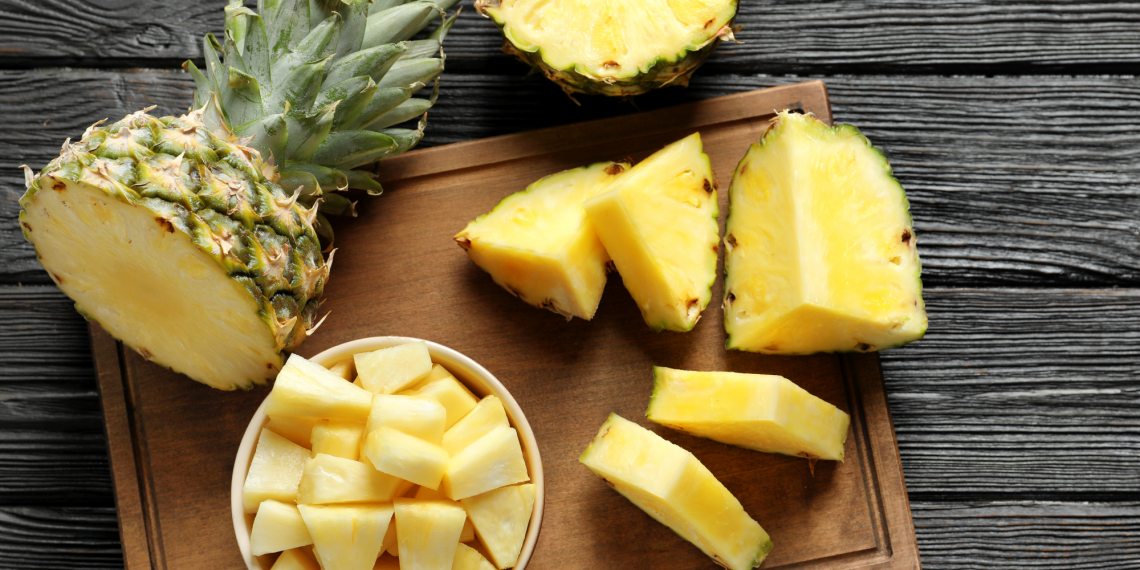
Pineapple,ananas,facts
Raw pineapple
- Pineapples are native to South America and were introduced to Europe by Christopher Columbus in the 15th century.
- Pineapples (Ananas comosus) are members of the bromeliad family, and are the only bromeliad that produces edible fruit.
- There are 2 main types of pineapples in cultivation and consumption around the world "cayenne pineapple" and "red Spanish pineapple", which differ in color and size of the fruit.
- A pineapple plant can stay alive and continue giving fruits for up to 50 years in the wild.
- One pineapple plant can produce one pineapple at a time and it can take up to 3 years for growing.
- Pineapples are made of many flowers whose individual fruitlets (berries) grow together around a central core.
- The area closer to the base of the fruit has more sugar content and therefore a sweeter taste and more tender texture.
- Pineapples contain high amounts of vitamin C, manganese, and thiamin.
- Pineapples contain trace amounts of vitamins A and K, phosphorus, zinc and calcium.
- Pineapples are cholesterol-free and low in sodium.
- Pineapples contain a group of digestive enzymes known as bromelain, which breaks down proteins and aids digestion.
- Pineapples are a medium glycemic index food (GI).
- Unlike other fruits, pineapples will not continue to ripen after picked.
- Whole pineapples should be stored at room temperature for up to two days, while cut pineapples should be stored in the refrigerator for up to five days.
- Since pineapples are very perishable fresh pineapples used to be a symbol of prestige and social class.
- Pina colada is a famous cocktail that is made of pineapples.
- In some cases, pineapples may cause allergic reactions and diarrhea.
- The bromelain in pineapple may not be safe for people taking certain medications.


 Bulgarian
Bulgarian